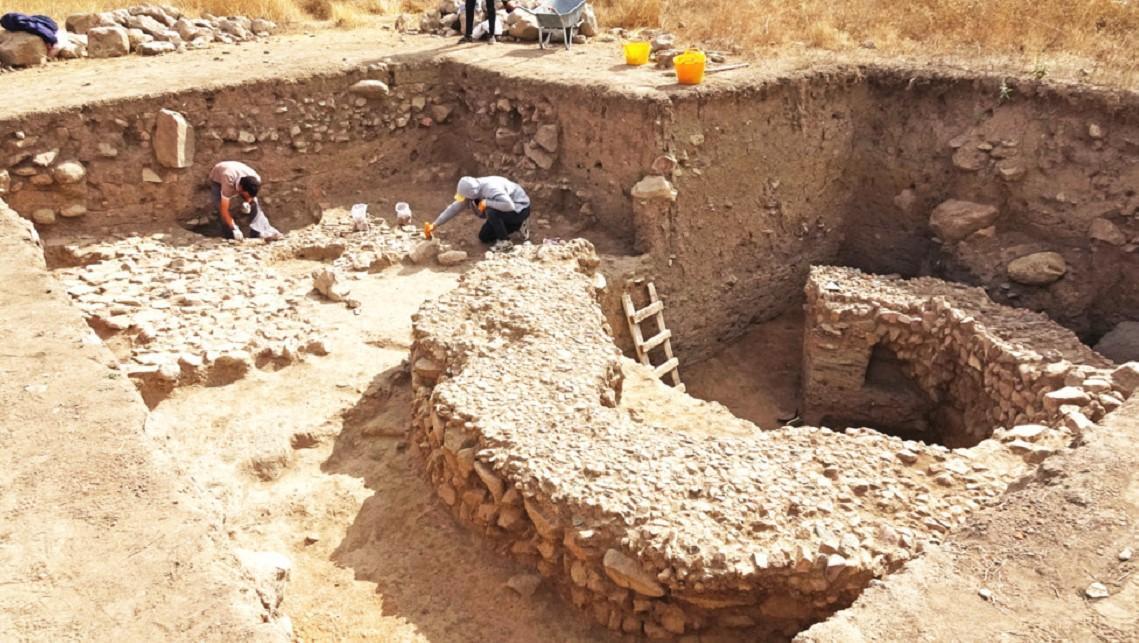Hittite-era finds come to light in Uşaklı
YOZGAT

Archaeological excavations have been ongoing to find the remains of Hittite-era palaces and temples in Uşaklı Mound.
In the mound, located within the borders of Büyüktaşlık village in Sorgun district of Yozgat, 5,000-year-old findings have been brought to light for two months by a team of 30 people from the Directorate of Cultural Heritage and Museums, the Provincial Directorate of Culture and Tourism and the Italian Pisa University.
Last year, the world’s oldest known mosaic, according to the excavations team - dating back to 3,500 years - with a geometric pattern of 3,147 stones of different sizes and irregular shapes, was found on an area of 3 meters by 7 meters, in Uşaklıhöyük.
At the end of the excavations carried out this year, it was estimated that the remains of the Hittite ritual place were unearthed.
The findings obtained during the excavations are evaluated and recorded by academicians.
Stating that the excavations will be completed by the end of the month, the head of the excavations, Anacleto D’Agostino of the University of Pisa, said that the Roman-era graves were under examination.
“This project is a Turkish-Italian archeology project. There are the remains of a house and an Iron-age wall in this area along with the Hittite and Roman-era finds. The mosaic we found here last year dates back to 1,500 B.C. This year we found Roman-era tombs; two of the four skeletons belong to children, a man and a woman aged between 40 and 45.
Anthropologists are working on these skeletons. There are many other tombs here, too. But we are now examining the Hittite period. There are a lot of potteries, buildings, temples, a Hittite palace and many bones.”
















